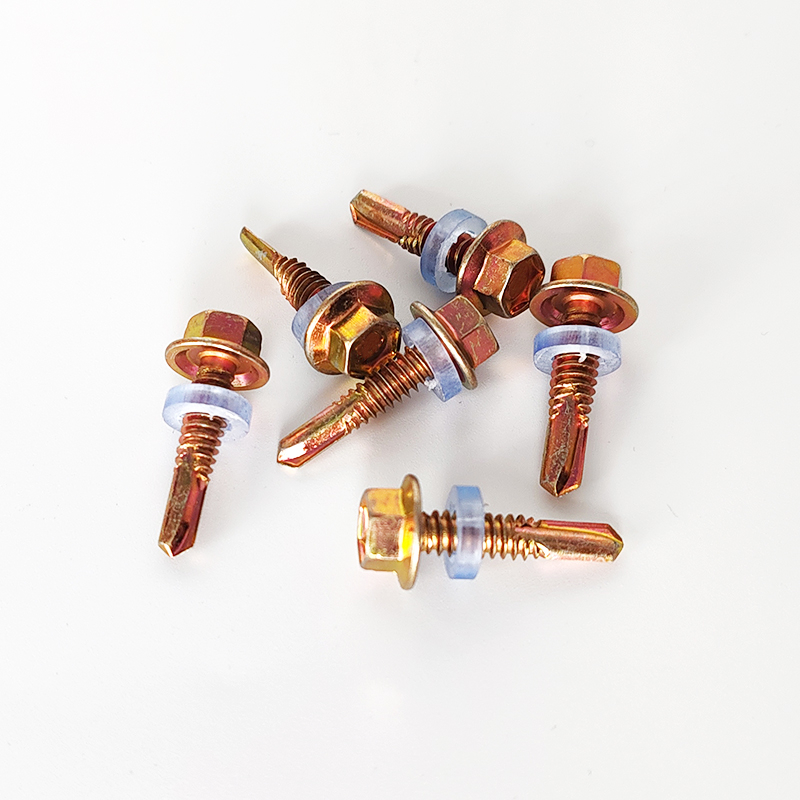Innovative Bolt Wedge Solutions for Enhanced Stability and Performance in Engineering Applications
Understanding Bolt Wedges An Essential Component in Mechanical Design
In the realm of mechanical engineering, the interaction between different components plays a crucial role in the overall functionality and reliability of machines and structures. One vital yet often overlooked component is the bolt wedge. This article explores the concept of bolt wedges, their significance, and applications in various engineering fields.
What is a Bolt Wedge?
A bolt wedge is a mechanical device that enhances the fastening capabilities of bolts in various applications. Typically made of high-strength materials, bolt wedges are designed to increase the friction between the bolt head or nut and the surface it is fastened to. This improved friction helps prevent loosening due to vibrations or dynamic loads, ensuring that the joint remains secure under challenging conditions.
The fundamental principle behind the bolt wedge lies in its ability to convert axial forces into lateral forces. When a bolt is tightened, the wedge effectively creates a mechanical lock by filling any gaps between the bolt and the surfaces it connects. This mechanism minimizes movement and provides stability, making it fundamental in applications requiring reliability and safety.
Importance of Bolt Wedges
1. Enhanced Load Distribution Bolt wedges improve the distribution of loads on a joint, reducing the stress concentration that can lead to joint failure. This is particularly critical in structures subjected to high dynamic loads, such as bridges, machinery, and vehicles.
2. Vibration Resistance Many mechanical systems experience vibrations that can lead to loosening bolts over time. The wedge mechanism increases the friction between the bolt and the joined components, minimizing the risk of untightening due to vibration.
3. Ease of Installation Using a wedge can facilitate the installation process. It allows for precise adjustment of the bolt tension, making it easier to achieve the desired clamping force without over-torquing, which can damage components.
bolt wedge

4. Cost-Effectiveness By enhancing the reliability of fastening systems, bolt wedges can reduce maintenance costs and prolong the lifespan of mechanical systems. This means fewer repairs and replacements, ultimately saving time and resources.
Applications of Bolt Wedges
Bolt wedges are utilized in a variety of settings across multiple industries. Here are some of the most common applications
- Construction In building structures, bolt wedges are crucial for securing steel beams and columns, ensuring that the framework remains stable and safe over time. - Automotive Engineering In vehicles, components such as suspension systems and engine mounts rely on bolt wedges to withstand dynamic forces and vibrations, enhancing the vehicle's performance and safety.
- Aerospace In the aerospace industry, where safety is paramount, bolt wedges are employed in aircraft assembly to ensure that critical components remain secure even under extreme conditions.
- Manufacturing Machinery in manufacturing plants often has parts subjected to constant movement and vibration. Bolt wedges help keep these components tightly fastened, reducing the risk of breakdowns.
Conclusion
In conclusion, bolt wedges are an indispensable part of mechanical engineering. Their ability to enhance friction, distribute loads effectively, and resist loosening due to vibrations makes them essential in a multitude of applications. As technology advances and the demand for more reliable and efficient systems increases, the significance of components like bolt wedges will continue to grow. Understanding and utilizing these components properly can lead to safer, more effective engineering solutions that meet the challenges of today’s mechanical systems.
-
Weatherproof Plastic Expansion Anchors for Outdoorవార్తలుJun.06,2025
-
Sustainability in the Supply Chain: Eco-Friendly TEK Screws Productionవార్తలుJun.06,2025
-
Load-Bearing Capacity of External Insulation Fixingsవార్తలుJun.06,2025
-
Double Head Bolts: Enhancing Efficiency in Industrial Machineryవార్తలుJun.06,2025
-
Corrosion Resistance in Chipboard Screws: Coatings for Wholesale Durabilityవార్తలుJun.06,2025
-
Butterfly Toggle Bolts : Enhancing Structural Resilienceవార్తలుJun.06,2025
